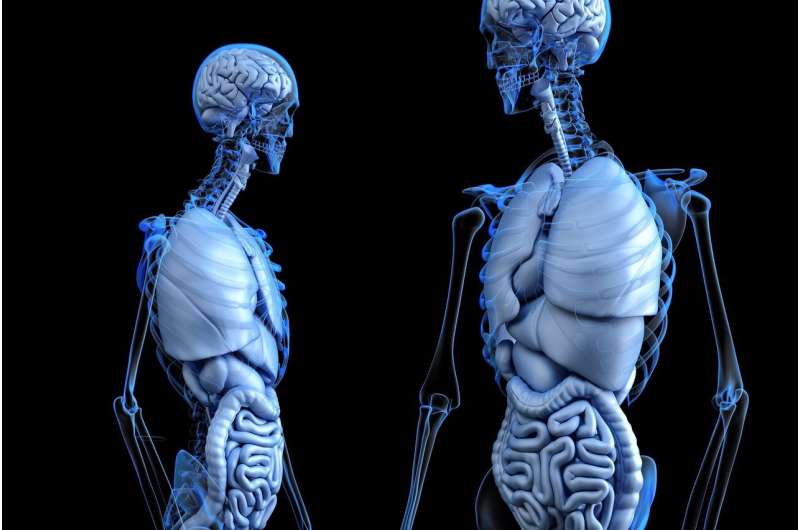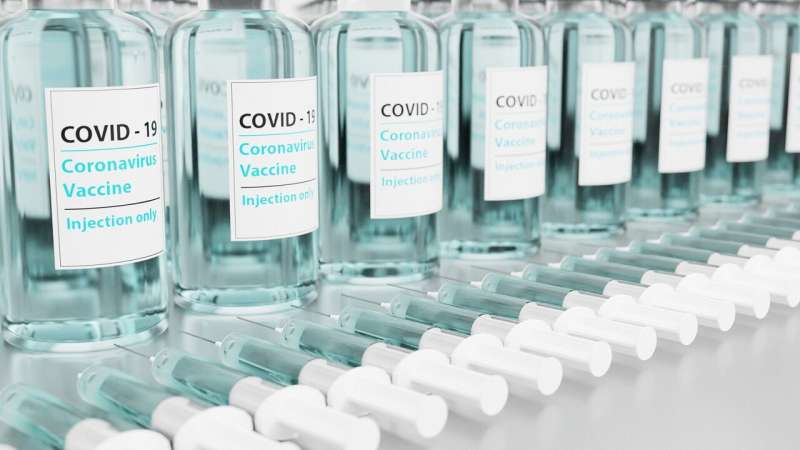Innovative Validated Tool Developed to Assess Performance of Bone-Anchored Prostheses Post-Amputation

A new assessment tool developed at CU Anschutz accurately measures mobility and donning efficiency in bone-anchored prosthesis users, improving patient care and quality of life.
Researchers at the University of Colorado Anschutz Medical Campus have introduced a pioneering assessment tool designed to evaluate the performance of lower-limb amputees using bone-anchored prostheses (BAL). This new test, known as the Colorado Limb Donning-Timed Up and Go (COLD-TUG), measures crucial functional outcomes such as prosthetic donning time and mobility. The study, recently published in the Journal of Bone and Joint Surgery, demonstrated that patients with BAL prostheses can don their devices approximately 61 seconds faster than those using traditional socket-style prostheses. This significant time saving, replicated over multiple daily donning cycles, translates into hours gained over weeks and months, enhancing patient activity levels and confidence.
The COLD-TUG combines the time required to put on the prosthesis with a standard mobility test involving standing up from a chair, walking 10 feet, turning around, and sitting back down. The research involved 31 patients with unilateral lower extremity amputations—15 with socket prostheses and 16 with BAL prostheses. Despite comparable baseline characteristics, BAL users consistently demonstrated faster donning times, a finding that supports the notion that bone-anchored prostheses improve physical function and quality of life.
Developed by a team led by Dr. Jason Stoneback, the COLD-TUG provides a reliable, population-specific assessment that addresses the previous lack of validated performance metrics for BAL users. The test’s simplicity and specificity make it a valuable tool for healthcare providers to better understand the benefits of BAL and to help patients make informed decisions about their prosthetic options.
As more amputees opt for BAL due to their perceived advantages in stability, mobility, and comfort, validated tools like the COLD-TUG are crucial for measuring outcomes and guiding clinical practice. This innovation marks a significant step forward in personalized prosthetic care, fostering improved mobility and confidence among lower-limb amputees.
Stay Updated with Mia's Feed
Get the latest health & wellness insights delivered straight to your inbox.
Related Articles
Understanding the Limitations and Context of Vaccine Side Effect Reports
An in-depth look at VAERS, vaccine safety reports, and how media and politics influence public perception and misinformation about vaccine side effects.
Enhancing Communication and Education to Improve COPD Patient Care
A new study highlights the importance of enhanced communication and education between healthcare providers and COPD patients to improve disease management and quality of life.
The Importance of Donor Milk Storage Time for Preemie Gut Health
New research highlights the critical impact of donor milk storage time on the gastrointestinal health of premature infants, emphasizing the need for fresher milk to reduce risks like necrotizing enterocolitis.
WHO Unveils New Global Landscape of Cancer Research Highlighting Significant Gaps and Inequities
The WHO has released a comprehensive analysis revealing significant disparities and gaps in global cancer research, emphasizing the need for more equitable investment and focus on underserved populations. This report highlights regional imbalances and priorities in cancer R&D efforts worldwide.



